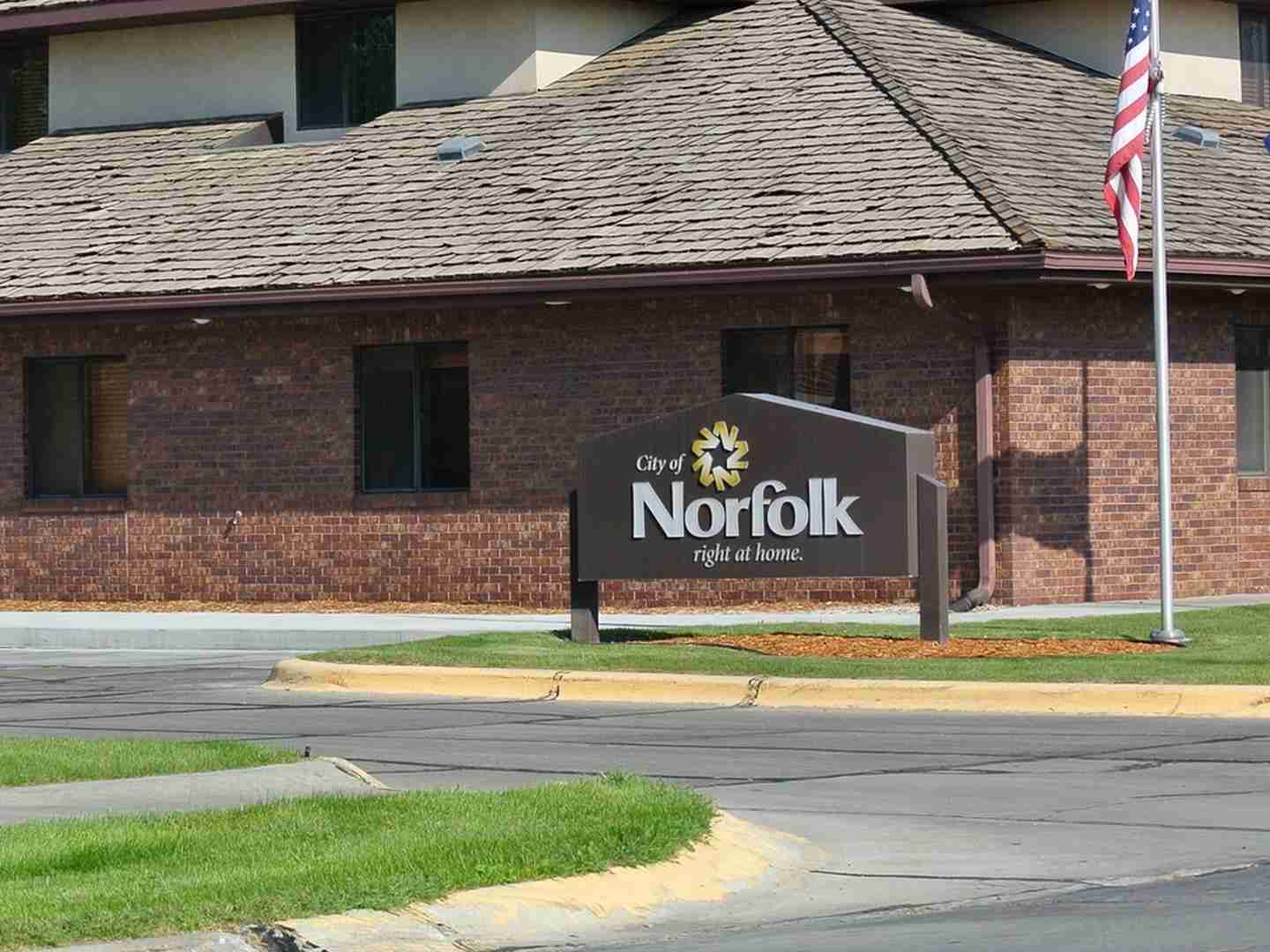Professional Representative Q&A: Morgan Owen, Cent Financing
28 de diciembre de 2024Chase Bank Allows, And you can Edges Having Bad guys
28 de diciembre de 2024In accordance with a new focus-rates slashed to the notes when you look at the November, Rhys Dyer, president off ooba Classification believes you to very first-time homebuyers will begin to head new data recovery of the home field, backed by banking institutions.
The brand new constant balances of the state’s battery coupled with the fresh new confident sentiment and you will balances within the development of your own GNU (Authorities out of Federal Unity) therefore the low levels out of inflation possess flat the newest solution to an optimistic economic frame of mind, restored individual sentiment, and the earliest attention-price cut in couple of years, he comments.
In their submit considered strategy, first-date homeowners provides capitalised with the obvious advantages of getting pre-qualified for a mortgage
Almost every other styles growing to have Q3 ’24 show the fresh strength of both homeowners and you can lenders on the «highest for extended» interest-rate ecosystem also an uptick within the care about-working people, constant bank approval cost, all the way down put conditions Resources, higher mediocre thread types and also the constant offer off glamorous speed concessions – evidence of just how vested financial institutions are located in helping South Africans reach the homeownership requires.
First-go out homeowners, today one year young than in Q3 ’23 within years thirty five, accounted for 51% off ooba Domestic Loans’ software during the , showing a swift a reaction to hopes of faster interest levels. However, Dyer notes that over new one-fourth, the group portrayed forty-eight% out-of applications exhibiting you will find nonetheless certain soil to pay for ahead of exceeding the latest fifty% mark the very first time since the Q4 ’21.
The guy really does but not display that earliest-go out homeowners have indicated resilience, that have the average cost away from R1,155,056 from inside the Q3 24 right up of the 3.4% within the Q3 ’23 and you can 0.4% into the Q2 ’24.
Regionally, in terms of mediocre purchase price, this new Western Cape produced the greatest mediocre cost reduced because of the the part out-of from the R1.57m. Likewise, the newest Totally free State and a lot more recently, Gauteng South & East, would be the just regions in which basic-day homeowners is to buy for under R1m typically, which makes them the cheapest regions because of it sector.
When you find yourself pick costs are popular large, deposits features submitted a small fall off. That it quarter’s put study cites a decrease in deposit proportions getting first-big date homeowners, off because of the -2.9% year-on-year today in the R114,161 (9.9% of mediocre mortgage), says Dyer.
Because cost enhances with lower interest rates, which pattern does continue, enabling a lot more homebuyers so you can be eligible for 100% bonds and extra ount.
With regards to mortgage to worthy of (LTV) ratios, Dyer suggests that the typical basic-date homebuyer LTV proportion about Western Cape lies during the a good nice 96.4% to that of your national average (89.9%). This figure portrays lower deposit standards to possess first-go out homeowners in the area, according to him.
The brand new research from ooba Home loans, Southern area Africa’s top household-mortgage analysis provider, indicates early signs and symptoms of a good tentative data recovery one of first-big date homebuyers- brand new valued business segment that improved domestic-financing interest (and you may family cost) inside Covid-19 pandemic whenever interest rates strike a multiple-decade low of eight%
And while no-put thread applications features tapering off from a leading from 67.5% directly into 54.7% at this time, we do anticipate this particular trend often reverse. All the way down rates of interest have a tendency to attract basic-day homebuying craft and we also predict one more youthful homebuyers would be wanting to enter the housing marketplace in place of always having in initial deposit.»
Seeking to age article on earliest-day homebuyers for each area, Dyer demonstrates to you: Limpopo is home to the fresh new eldest average earliest-go out homebuyer (old thirty-six.8) while the Western Cape houses the fresh youngest average basic-go out homebuyer (aged 34.2) (even after Western Cape’s possessions cost outpacing some other countries).»
The greater acceptance price out of very first-big date buyers that happen to be pre-qualified because of the ooba Mortgage brokers depicts the importance of pre-qualification, contributes Dyer, directing into the average approval price to possess pre-licensed buyers which today stands at the ninety.5% (Q3 ’24), compared with the individuals not pre-qualified (from the 74.5%).

